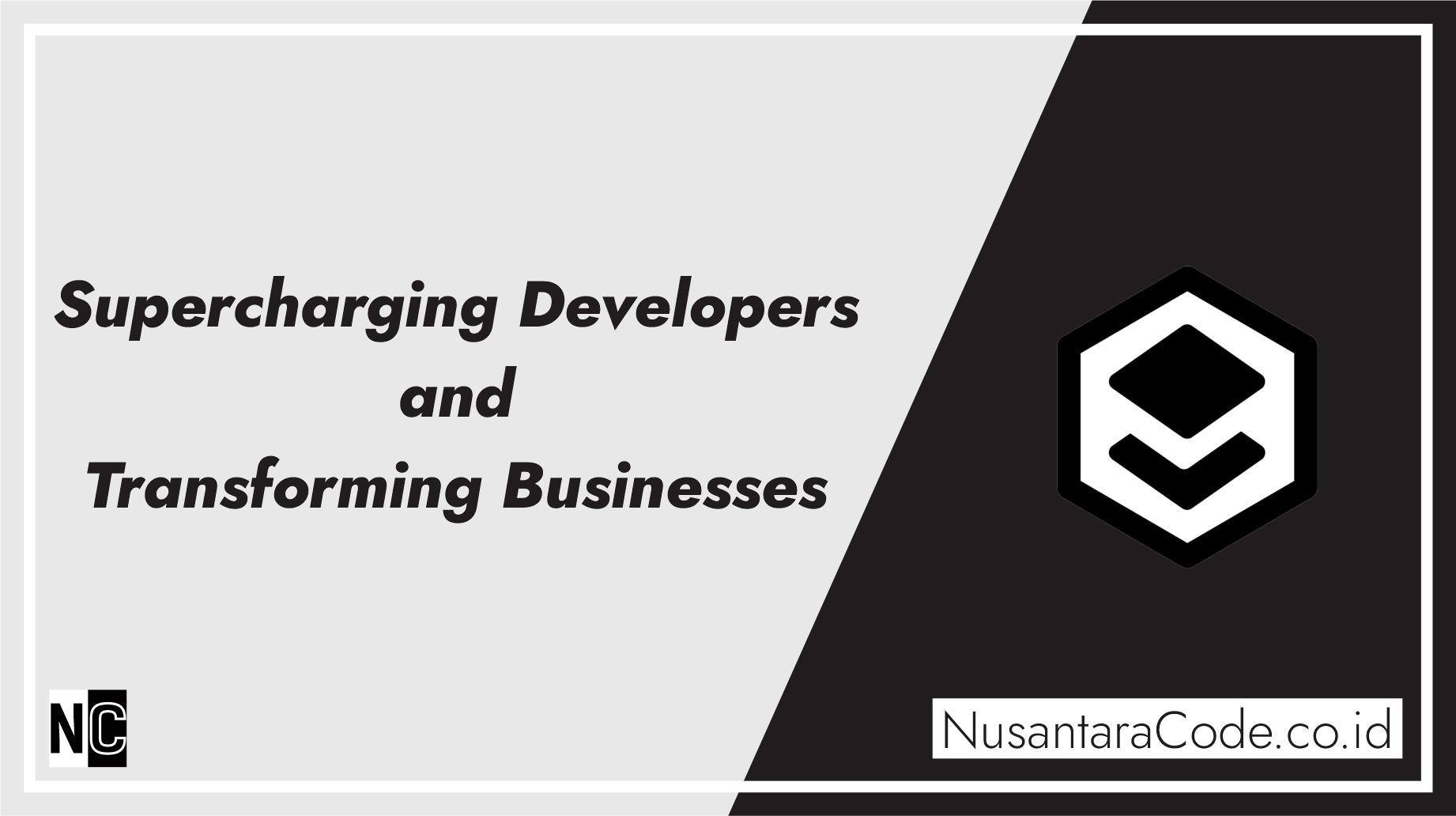In the fast-paced world of software development, speed, efficiency, and innovation are king. Organizations are constantly seeking ways to empower their developers and streamline the development process. Enter Internal Developer Platforms (IDPs), emerging as a game-changer in this pursuit.
What are IDPs?
Think of an IDP as an “app store” for developers within an organization. It provides a unified platform with a curated set of tools, services, and resources that developers need to build, deploy, and manage applications. From infrastructure provisioning and API access to CI/CD pipelines and security controls, IDPs offer a one-stop shop for development needs.
Why are IDPs on the Rise?
Several factors are driving the increasing adoption of IDPs:
- Developer Productivity: IDPs automate repetitive tasks and streamline workflows, freeing developers to focus on core coding and innovation. This can lead to significant productivity gains and faster time-to-market.
- Improved Developer Experience: IDPs offer a consistent and user-friendly experience across different environments and tools. This eliminates the need for context switching and reduces cognitive load, improving developer satisfaction and morale.
- Governance and Security: IDPs provide centralized control and visibility over development activities. This helps organizations enforce security best practices, manage compliance, and prevent shadow IT.
- Innovation and Agility: IDPs foster a culture of innovation by making it easier for developers to experiment and try new technologies. This agility enables organizations to quickly adapt to changing market demands.
Benefits of Implementing an IDP:
The advantages of implementing an IDP are numerous:
- Increased developer productivity and output
- Improved developer experience and satisfaction
- Faster time-to-market for new applications
- Reduced development costs and complexity
- Enhanced security and governance
- Increased innovation and agility
Real-World Examples:
Several leading companies have successfully implemented IDPs, reaping significant benefits. Spotify’s developer platform, Backstage, empowers its large engineering team with self-service tools and standardized processes. Netflix’s internal platform, Spinnaker, automates deployments and ensures consistency across its microservices architecture. These are just a few examples of how IDPs are transforming the way organizations develop and deliver software.
The Future of IDPs:
The future of IDPs is bright. As organizations continue to embrace cloud-native technologies and microservices architectures, IDPs will play an increasingly vital role in facilitating development agility and innovation. We can expect to see further advancements in areas like AI-powered automation, self-service analytics, and developer experience optimization.
Are you ready to empower your developers and supercharge your software development with an IDP? Now is the time to explore this transformative technology and unlock its potential for your organization.
